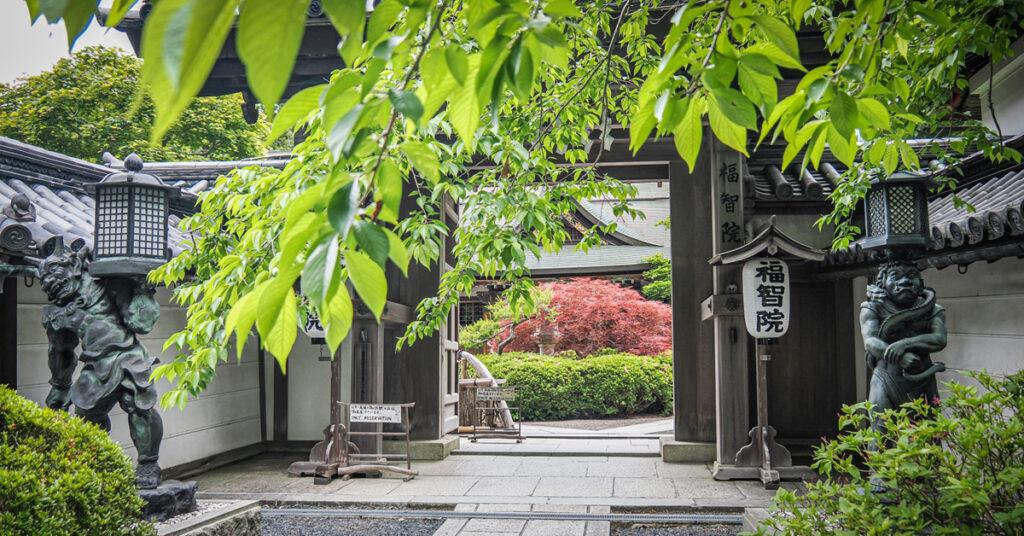“Shukubo” is a place where visitors can experience traditional Japanese culture while staying at a temple or shrine. In this article, we will explore the attraction of shukubo.
Origin of Shukubo
The history of shukubo dates back to the Heian period (794-1180). It is said that shukubo originated as lodging facilities for aristocrats who made pilgrimages to temples and shrines. Later, through the passage of time from the Kamakura period to the Edo period (1180-1868), they evolved from accommodations for priests and pilgrims to a familiar pastime for the general public. Nowadays, shukubo is not only a place for local people but has also become a popular facility for foreign tourists to experience different cultures.
Highlights of Shukubo
Shukubo is different from ordinary lodging facilities. The attraction of a shukubo lies in the opportunity to engage in extraordinary cultural experiences, such as Buddhist services, ascetic practices, and Buddhist vegetarian cuisine.
Although the content varies from facility to facility, the following are some examples of experiences offered at a shukubo:
- Otsutome: A ceremony in which a priest reads sutras to pray for ancestral offerings and family safety.
- Meditation: Calming the mind and regulating breathing to create a state of relaxation.
- Zazen: A state of mental unification achieved by sitting in an upright posture.
- Shakyo: Copying sutras. It is important to carefully copy the sutras one by one.
- Shabutsu: Copying a sketch of a Buddhist image.
- Waterfall training: A practice to train the body and mind by exposing the whole body to the waterfall’s current.
- Buddhist vegetarian cuisine: A vegetarian diet based on Buddhist teachings that does not contain meat or fish.
These experiences are not only extraordinary and special but also have a positive effect on the mind and body. Shakyo and shabutsu increase the power of concentration, while meditation and zazen can help calm the mind by reducing stress and anxiety. Buddhist vegetarian cuisine, which is gaining attention worldwide, is known for its vegetable-oriented dishes offering an abundance of nutritious and well-balanced options.

A One-of-a-Kind Space Created by History
The oldest temple in Japan is said to be 1,400 years old. Once constructed, temples and shrines, which are traditional Japanese architecture, can remain in existence for 500 years and are cherished as historical architecture that takes root in the local community. This long history nurtures and creates the unique charm of the temple.
Through shukubo, some temples offer visitors special opportunities to see and experience important cultural properties that are not usually available for public viewing. The experience of eating and sleeping amidst history, architecture, and art at close quarters is an opportunity to sharpen the senses and face oneself.

In Conclusion
Shukubo is a place to heal the body and soul in a quiet space away from the hustle and bustle of daily life. The best part of a shukubo is the opportunity to experience ascetic practices, learn about Japanese culture such as Buddhist vegetarian cuisine, or simply relax and feel the flow of time in the natural surroundings.
The web media “tabiico” works with partner municipalities to discover, nurture, and disseminate local tourism resources.
Feel free to check the following website and Instagram.
Official website: https://www.tabiico.com/
Instagram: https://www.instagram.com/tabiico_adf/

